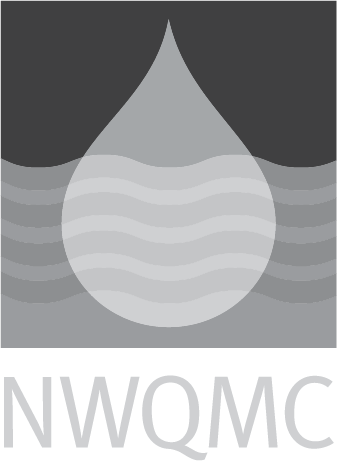USGS-NWQL: O-6143-09: Pyrethroid Insecticides in Sediment Using GC/MS
|
Official Method Name
|
Methods of Analysis—Determination of Pyrethroid Insecticides in Water and Sediment Using Gas Chromatography/Mass Spectrometry |
|---|---|
|
Current Revision
| 2009 |
|
Media
|
SOILS/SEDIMENT |
|
Instrumentation
|
Gas Chromatography with Mass Spectrometry Detection |
|
Method Subcategory
|
Organic |
|
Method Source
|
|
|
Citation
|
|
|
Brief Method Summary
|
This method provides an effective option to environmental scientists seeking pyrethroid analyses for samples of sediment with minimal contamination bias, relatively low MDLs, good recoveries, and excellent precision. The method will contribute to the improved understanding of the occurrence, fate, and transport of pyrethroid insecticides in the environment.
Sediment samples were extracted using SPE. Quantitation was achieved with GC/MS and GC/MS/MS. This report also provides extraction recoveries along with relative standard deviations, method detection limits, and matrix-spike recoveries for a set of environmental samples. |
|
Scope and Application
|
This method is suitable for determining select pyrethroids at microgram-per-kilogram concentrations in sediment samples. |
|
Applicable Concentration Range
|
Pyrethroids are reported in concentrations from 0.2 to 100 µg/kg. If the concentration is greater than 500 ng/L or 100 µg/kg, a portion of the original sample extract is diluted appropriately with EtOAc, prepared with internal standard, and reanalyzed. |
|
Interferences
|
(1) Compounds that compete with or displace target compounds, for example humic and fulvic acids, (2) Ambient contamination: Pyrethroid insecticides are a common ingredient in household pesticide products. |
|
Quality Control Requirements
|
Continuous calibration verification (CCV), internal standards, laboratory blank, laboratory matrix spike, laboratory matrix spike duplicate, laboratory replicate, surrogate standards, solvent blank. |
|
Sample Handling
|
Sediment or soil samples are collected in the field using the methods such as those outlined by Radtke (2005), typically into 500-mL amber glass jars. Samples are chilled immediately, shipped to the PFRG, and frozen at –20 °C until analysis (within 6 months). |
|
Maximum Holding Time
|
Six months at –20 °C prior to extraction. |
|
Relative Cost
|
Greater than $400 |
|
Sample Preparation Methods
|
MAE (DCM:MeOH), SPE (C/Al), HPLC-GPC |




